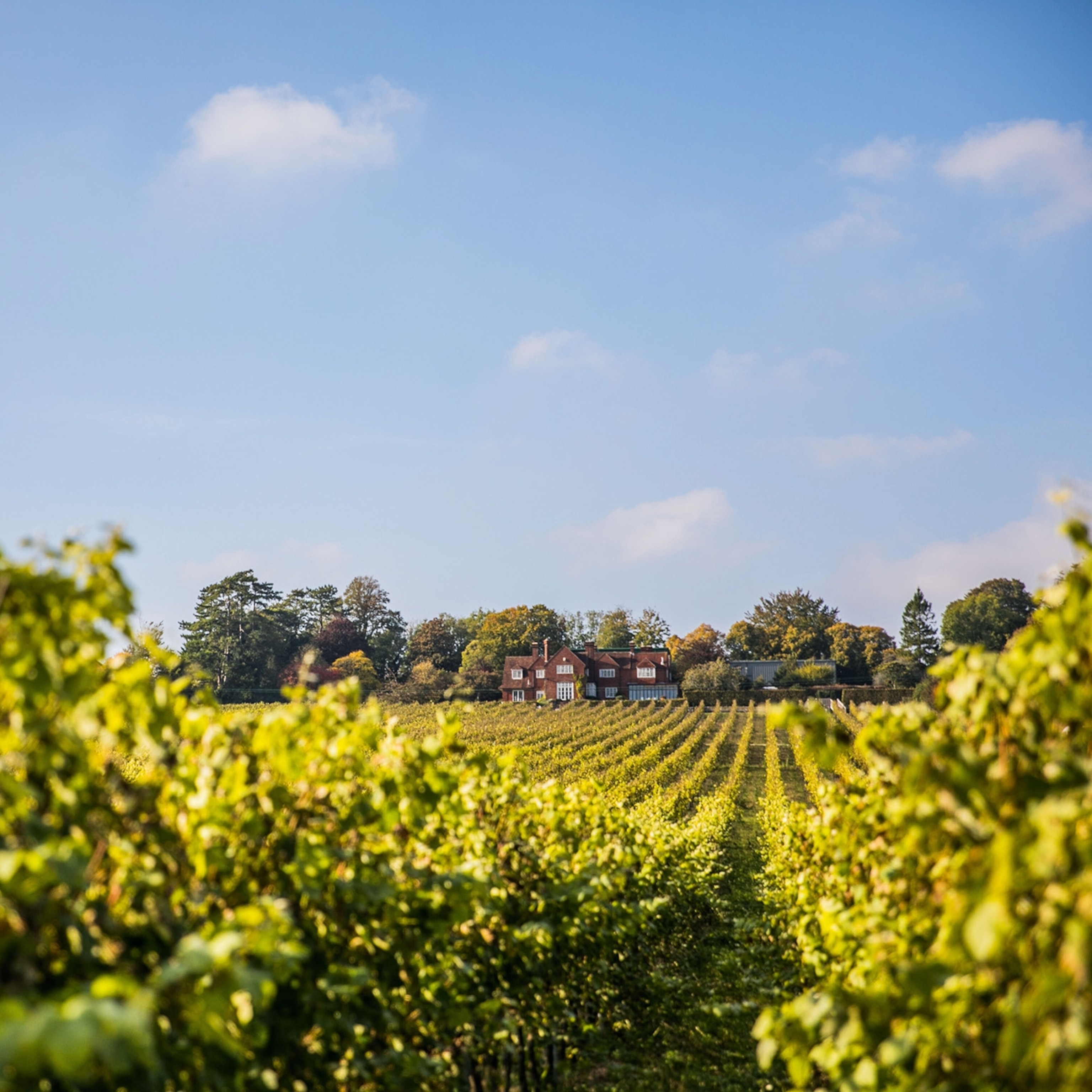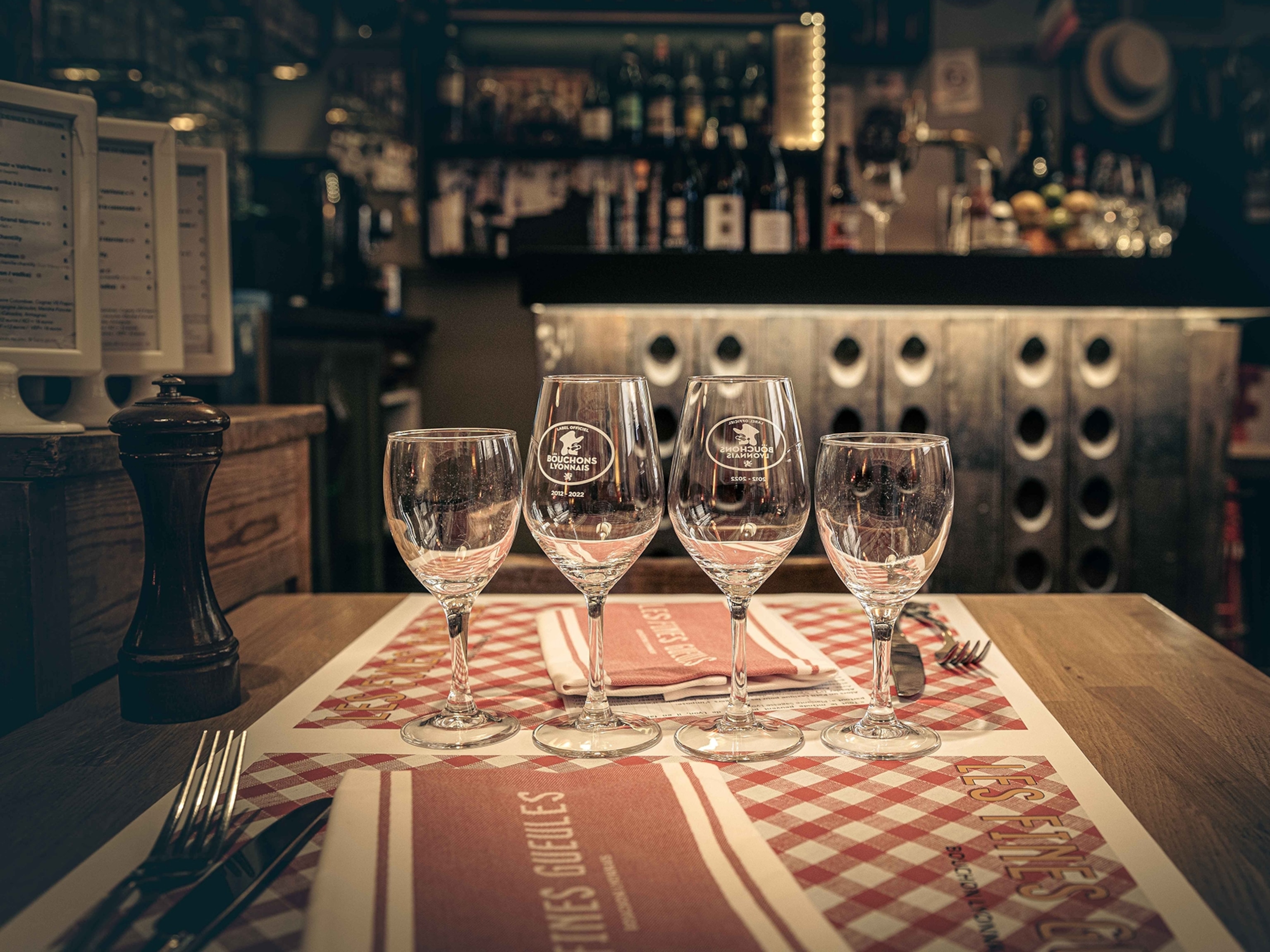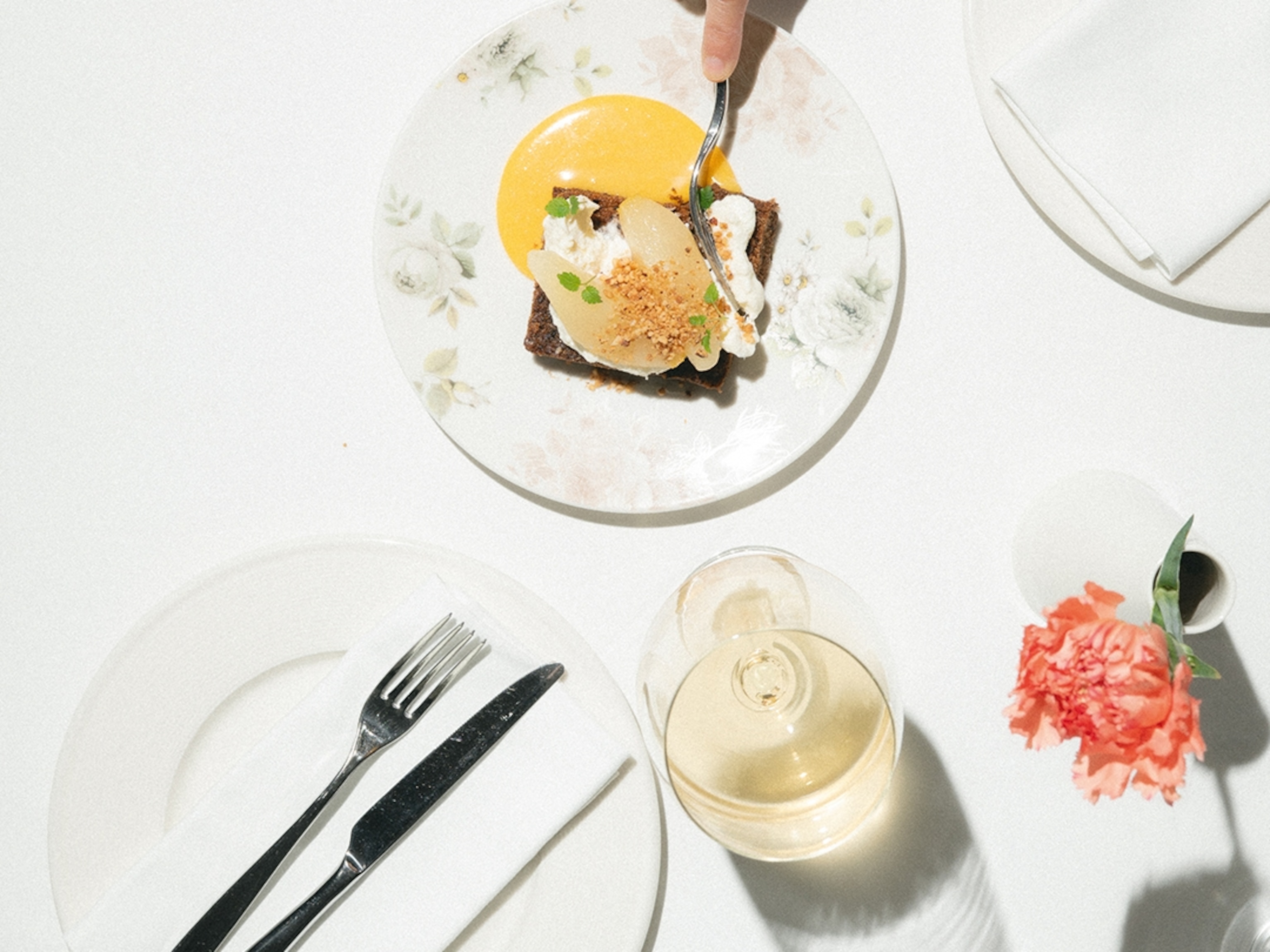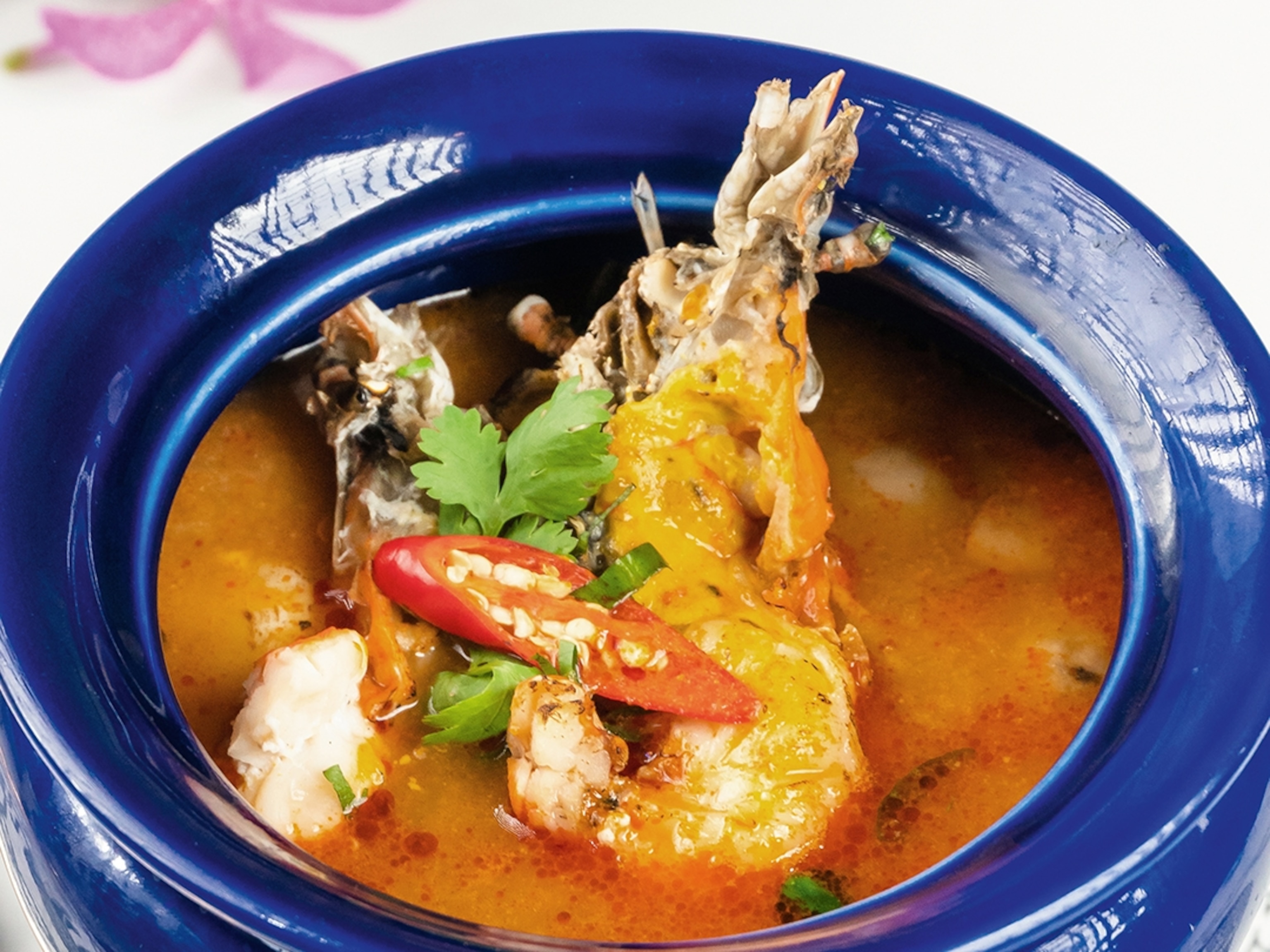
Switzerland’s top chefs share the landscapes and flavours that shape their cuisine
From the mountaintop town of Zermatt to cosmopolitan Zurich, we talk to six chefs from across Switzerland about their deep-seated passion for food.
Switzerland is a country of superlatives, blessed by location, climate and culture. In a place roughly half the size of Scotland, four language regions sit side by side, each of them bringing their own culinary nuances, from Alpine to Mediterranean. Nowhere else in the world offers such variety in such a small area. Add to that the fact that Switzerland has the highest density of Michelin-starred restaurants, an under-the-radar viticulture scene one can only experience on Swiss soil (just 1% of their wine is exported) and a quality of life often cited as the best in the world, and it’s little wonder these six chefs chose to stay on native ground. Here, they share their passion for local produce and for the towns they call home.

1. Lucerne
Patrick Mahler, head chef at Restaurant Focus
Lake Lucerne holds a special place in the hearts of local residents, and for Patrick Mahler, head chef at Focus, the city’s proximity to this enormous expanse of cerulean water is one of the things he loves most about his home. “In the mornings, I go standup paddleboarding,” he says. “You’ve got the lake, but you’ve also got the mountains on your doorstep; I try to hike up Mount Rigi several times a year.” In the kitchen, he’s no less adventurous, and visitors return time and again for his signature dish: carabinero (prawns) with apple and cucumber in a shellfish bisque. Patrick has earnt Focus two Michelin stars, though he’s determined for his food to remain light and accessible, and when not on duty, HYG restaurant is his favourite local haunt. “The Danish concept of hygge is reflected in the food, the furnishings and the overall experience here — wonderful!”
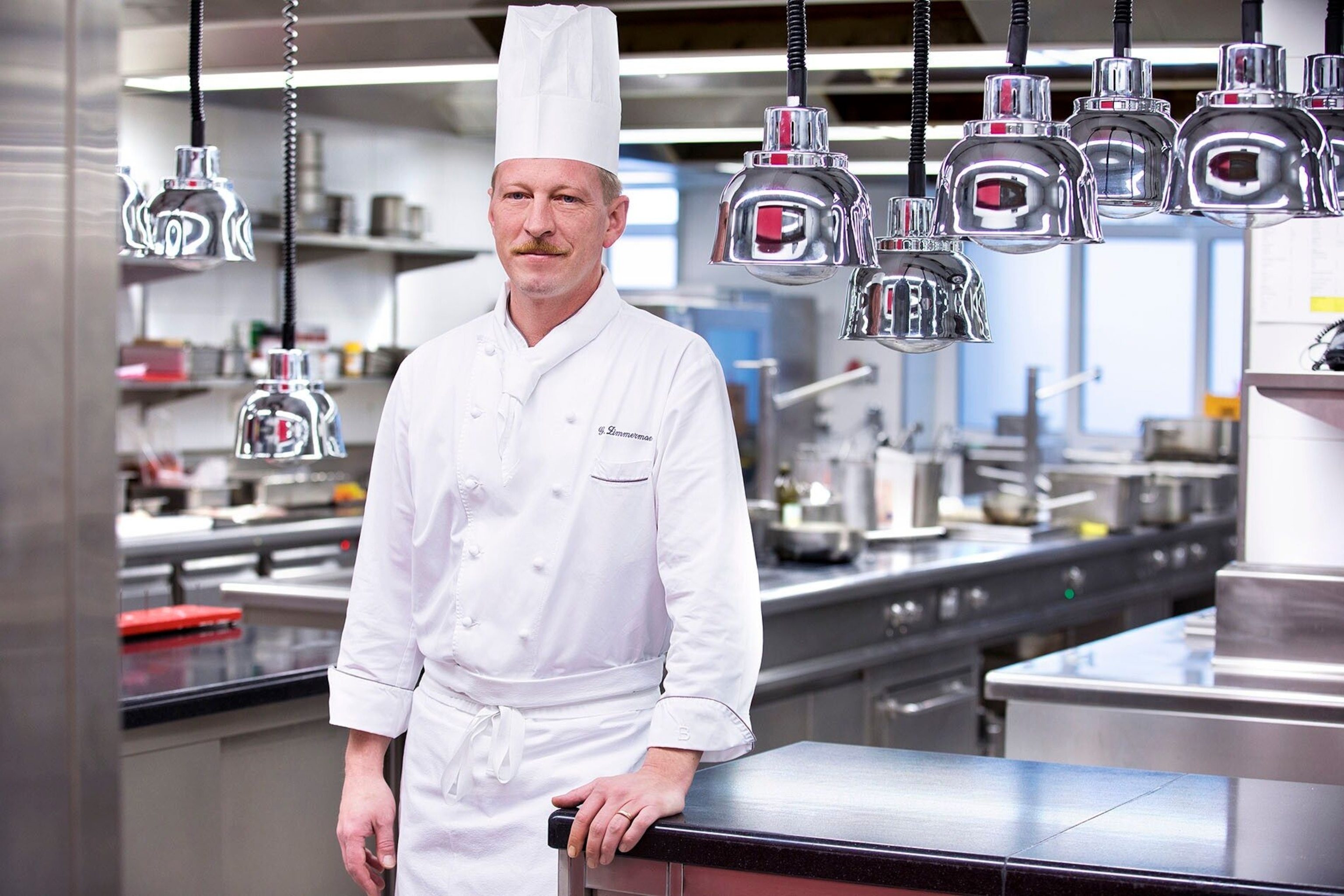
2. Bern
Gregor Zimmermann, executive chef at Hotel Bellevue Palace
Gregor refuses to be pigeonholed into choosing just one favourite dish. He does, however, have a favourite approach to food: “I find it exciting to take traditional, rustic Swiss recipes and give them a modern twist, while making sure not to distort their origins; a pâté of Neuchâtel catfish with saffron, for example.” Gregor heads up the team at Hotel Bellevue’s renowned VUE Restaurant, in the heart of Bern, and loves the city for its history — the UNESCO Old Town and its 15th-century arcades, medieval clock tower and gothic minster.
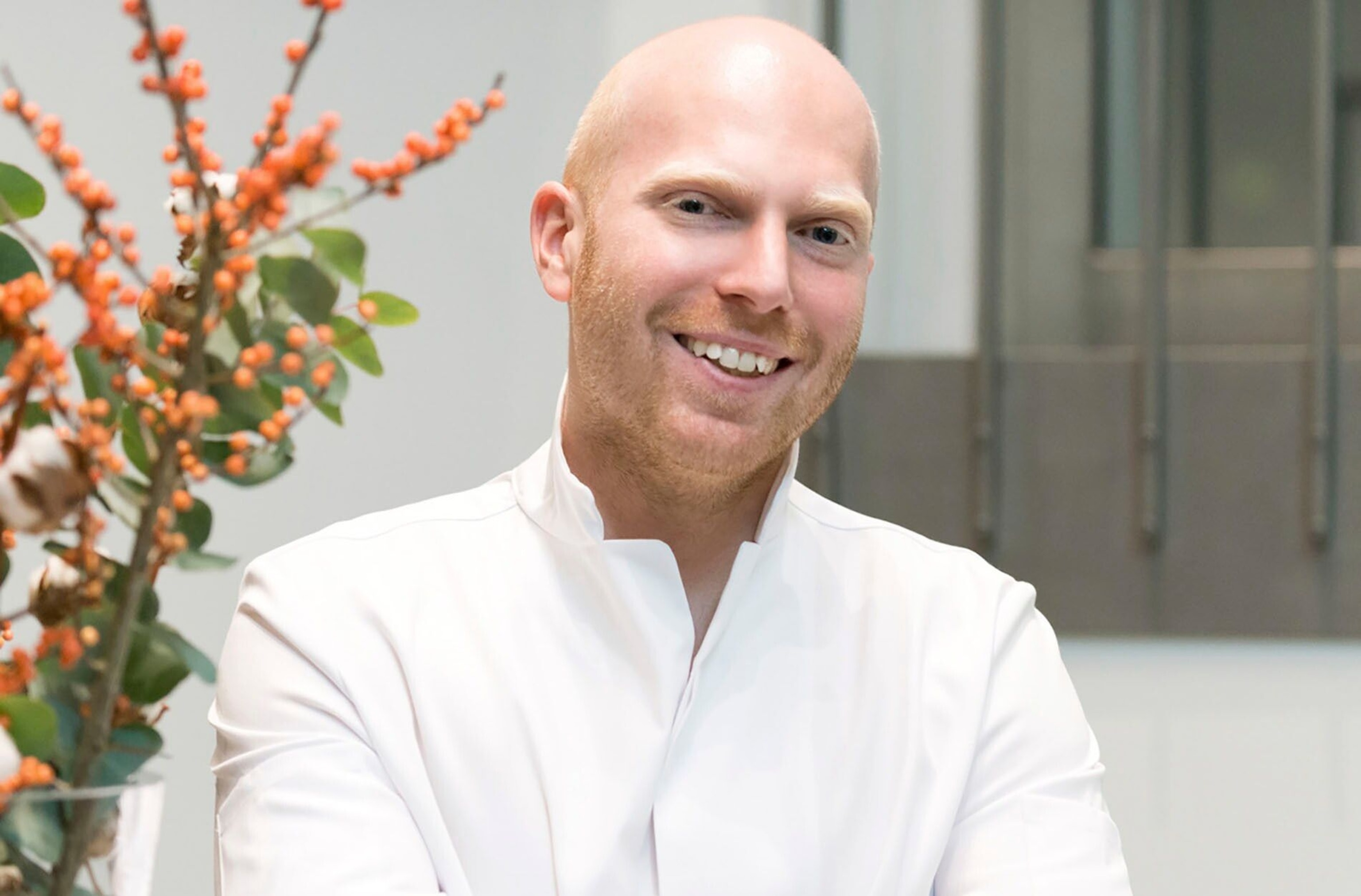
3. Zermatt
Hauke Pohl, head chef at The Omnia
Hauke’s secret weapon when it comes to creating beautiful, simple dishes with complex flavour profiles is a herbal paste he creates from seven mountain plants. “Burnet and sorrel are two key ingredients,” he explains. “At the moment, I’m using it in a green risotto. We take risotto rice, high-quality butter, a local cheese and a little herbal seasoning — and that’s it.” Hauke’s dishes are works of art, as is the setting they’re served in: The Omnia was designed by acclaimed New York-based architect Ali Tayar, and it sits gloriously above Zermatt. The chef spends his free time in the mountains: “A 10-minute walk from the centre and you can be hiking, biking, snowboarding, ski touring, running, paragliding and climbing,” and advises that after you’ve worked up an appetite, a visit to his good friend Andreas’ restaurant, Brasserie Uno, is a must. “The food is amazing, with powerful flavours from organic Moose meatballs to homemade black bean mole. He and the head chef, Luis Romo, will take you on a Swedish-Mexican culinary adventure.
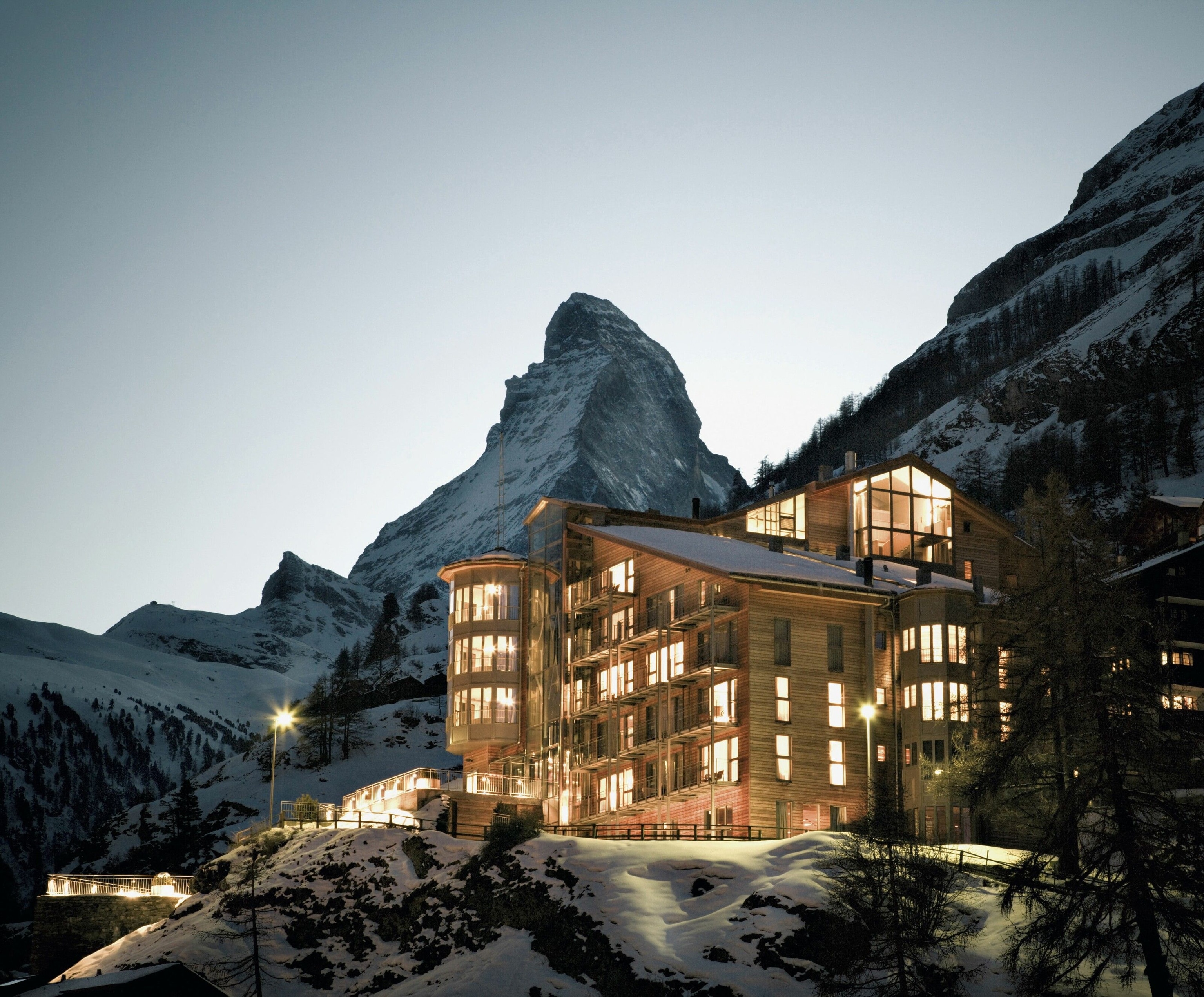
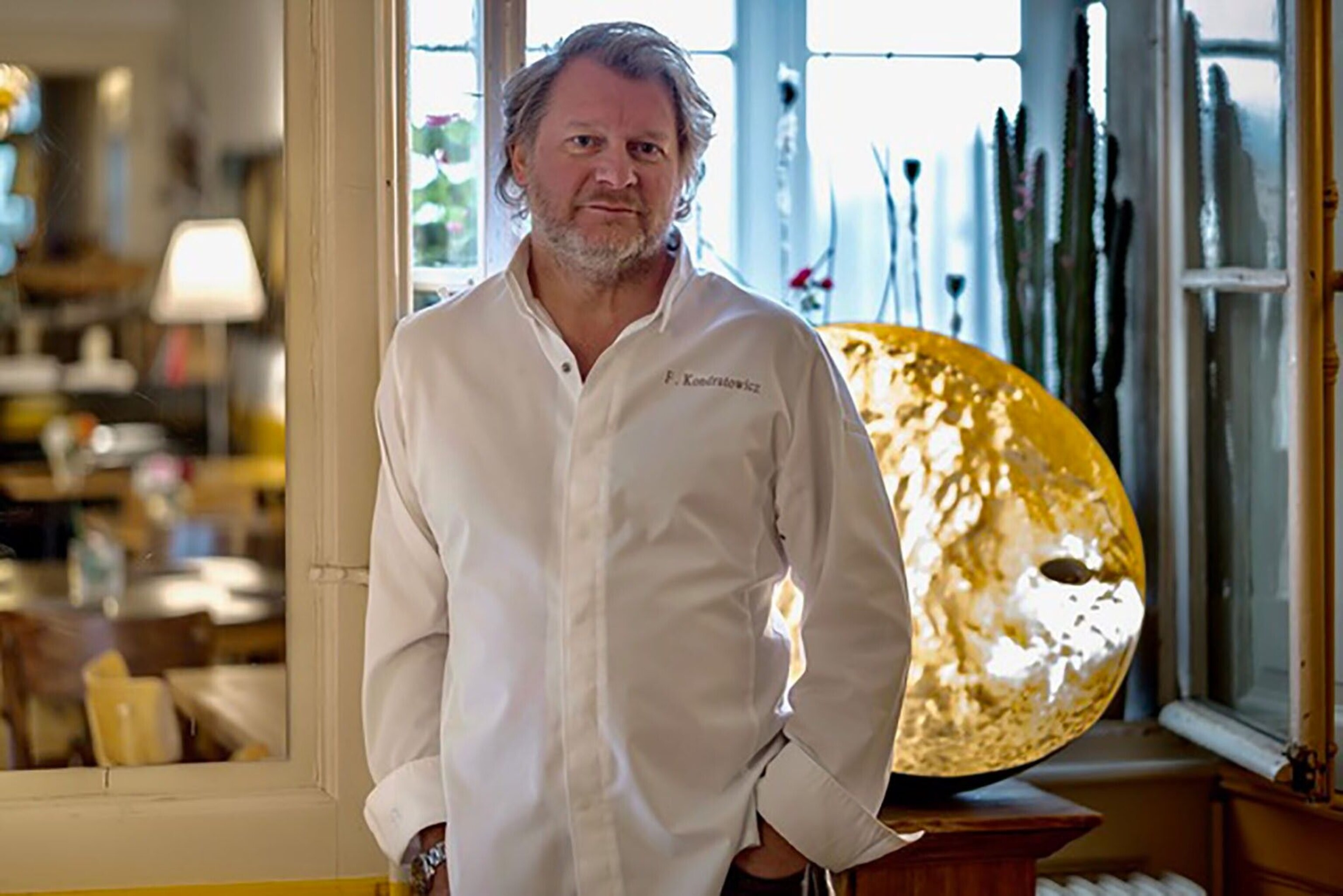
4. Fribourg
Frederik Kondratowicz, head chef at Hôtel de Ville
Three times a week, Fribourg’s Place de l’Hôtel de Ville is transformed by stalls selling mounds of fresh fruit and vegetables. As head chef of this historic square’s eponymous restaurant, Frederik can almost see the city’s main farmer’s market from his kitchen. Perhaps this is why he’s so set on locally sourced, seasonal ingredients. “Supporting Fribourg’s producers and suppliers is hugely important to me,” he says. “By buying local, you support not only the people, but the planet too.” It also makes for an interesting, ever-changing menu at Hôtel de Ville, with specials such as roast duck with a turmeric and apple reduction, served with garden vegetables. Opt for the tasting menu, or for something a little more low-key, head to Frederik’s favourite local restaurant, Chez Ginette, for hearty Vietnamese comfort food.
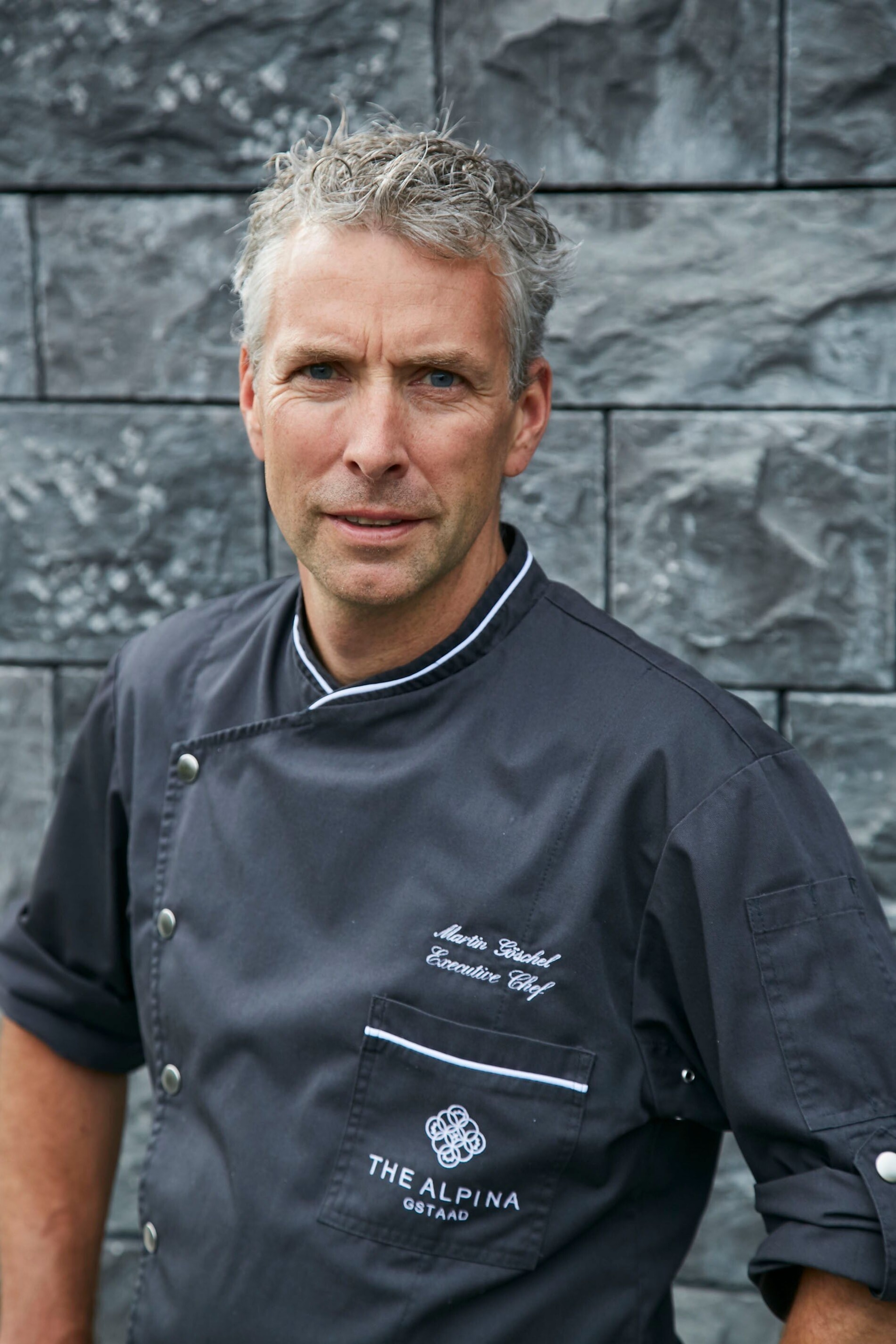
5. Gstaad
Martin Göschel, executive chef at The Alpina
France, Italy, Southeast Asia, South America — Martin caught the travel bug at a young age, spending much of his youth hopping from continent to continent. His experiences, the people he met and the flavours he tasted all contribute to his style of cooking today. Now settled in Gstaad, a timber-lined mountain town that’s been twinned with Cannes for its glamorous restaurant scene, Martin serves dishes like ravioli filled with Gstaader mountain cheese and Osetra imperial caviar, accompanied by a lime sauce. “We have wonderful local products here and I like to combine them with something a little more exotic or exclusive.” Crucial to any good meal for Martin is a good selection of wines, and for that he heads to 16, a restaurant headed up by Nik and Simon Buchs in Saanen, a little chalet village just down the valley.
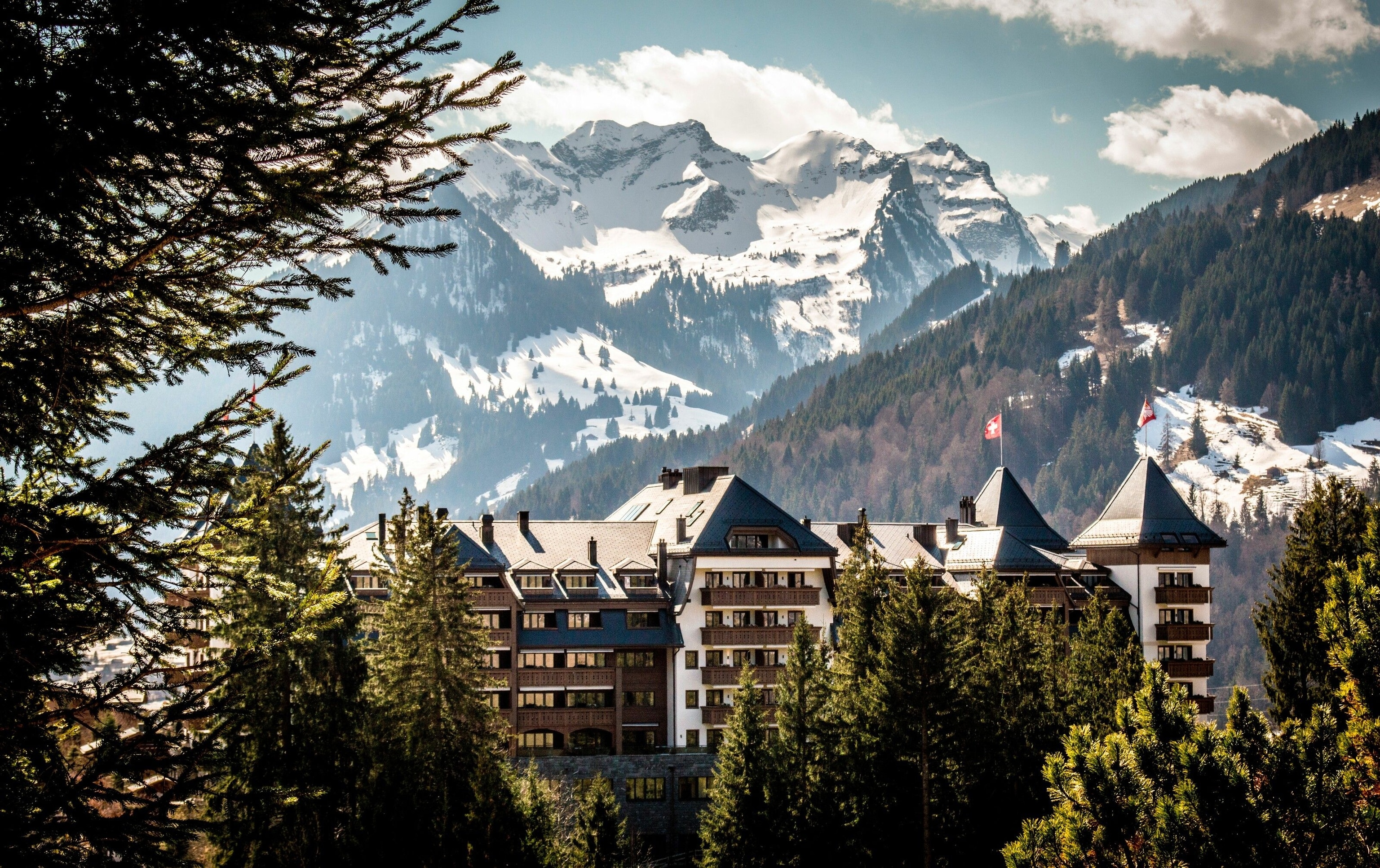
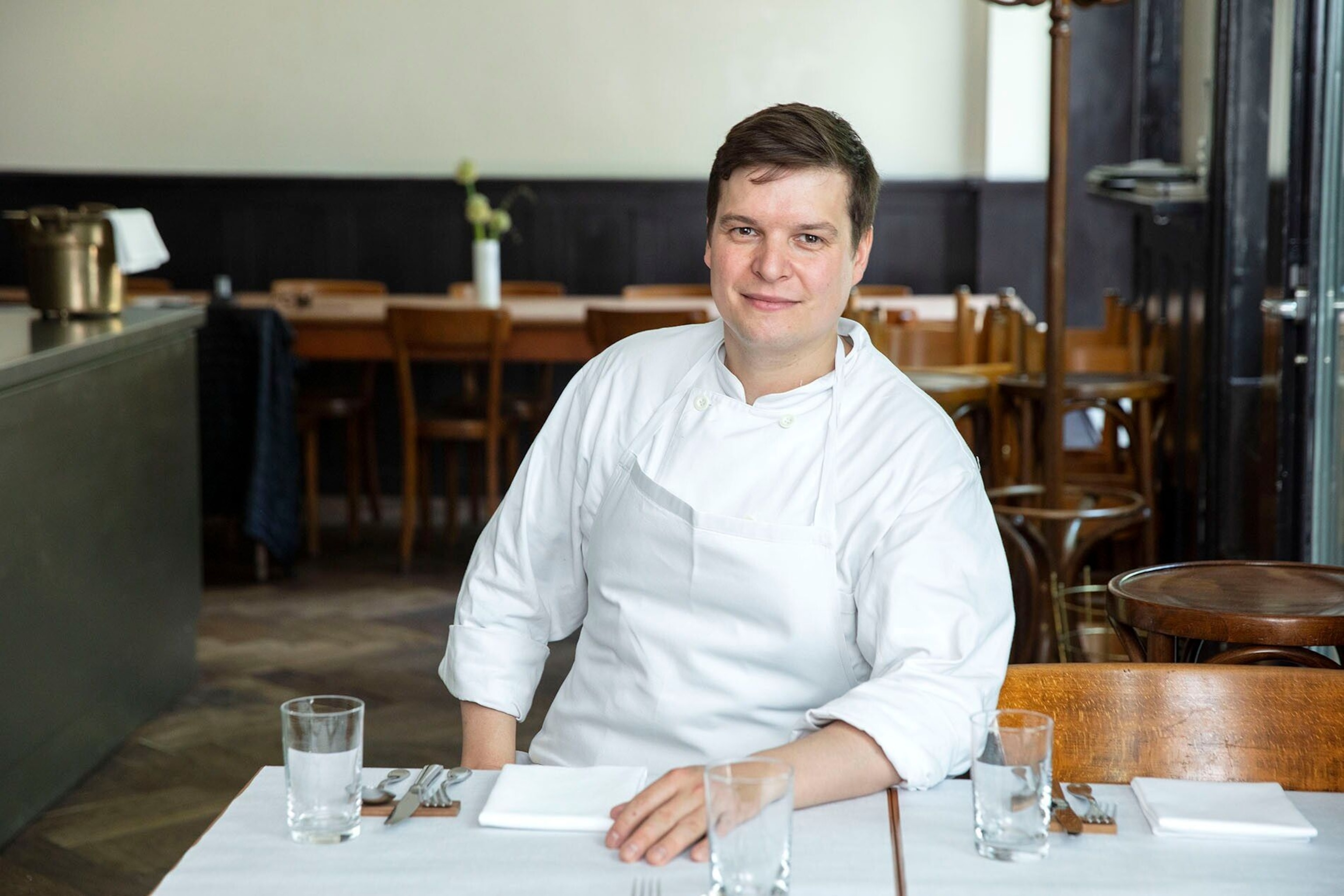
6. Zurich
Marius Frehner, head chef and owner at Gamper
Lively, cosmopolitan and with a vibrant cultural scene, Zurich often ranks among the world’s most liveable cities. Plus, despite being Switzerland biggest metropolis, Zurich remains delightfully bitesize. Marius travels around the city by bike: “I can get wherever I want to go in less than 20 minutes — it’s great,” he says. He’s head chef at centrally located Gamper, serving up a four-course tasting menu in a relaxed setting. “You’ll always be served a surprise here; our menu changes constantly according to the seasons, as well as products local farmers have at the time. Working directly with producers and creating something new every day is what I love most about my job.”
Essentials
Getting there & around
Regular direct flights connect London airports with both Geneva and Zurich. To hop between cities, the country has a comprehensive and efficient rail and road network. The Swiss Travel System provides a dedicated range of travel passes and tickets exclusively for visitors from abroad. Switzerland Travel Centre offers individual packages and Swiss Travel Passes to discover Switzerland.
When to go
Switzerland's cities and surrounding countryside are beautiful year-round, from the winter when snow carpets the ground to summer, when the sun shines and temperatures can reach a balmy 30C.
How to do it
Taste my Swiss City offers insider tips on under-the-radar restaurants, or discover the best of the country's gourmet offerings. No trip to Switzerland would be complete without a fondue, so find out where's best to tuck into a vat of melted cheese, followed by some exquisite chocolate, naturally.
To find out more, visit MySwitzerland or for more travel inspiration head to Facebook or Instagram.
Follow National Geographic Traveller (UK) social media

